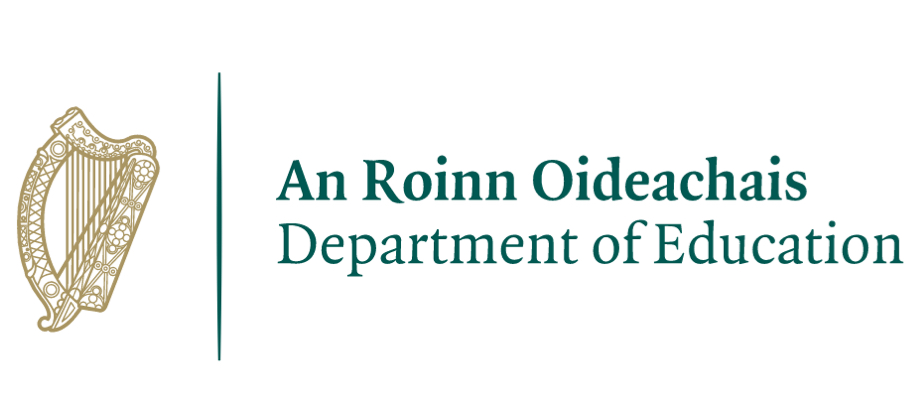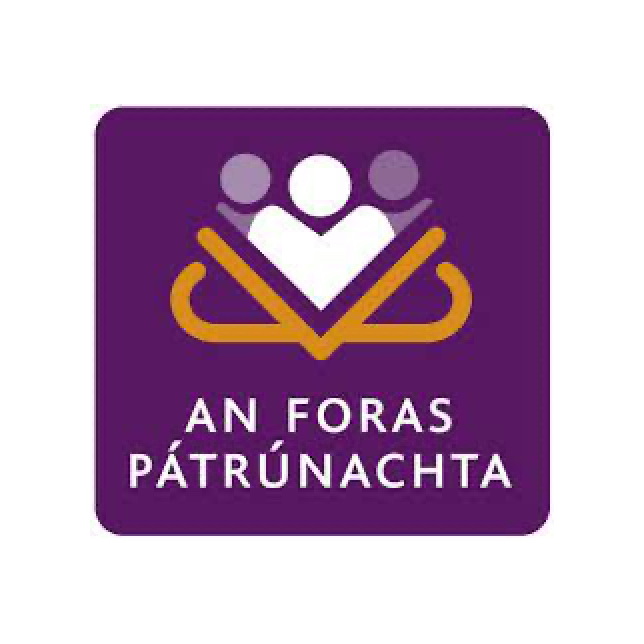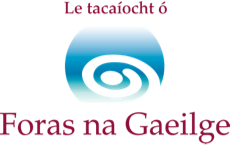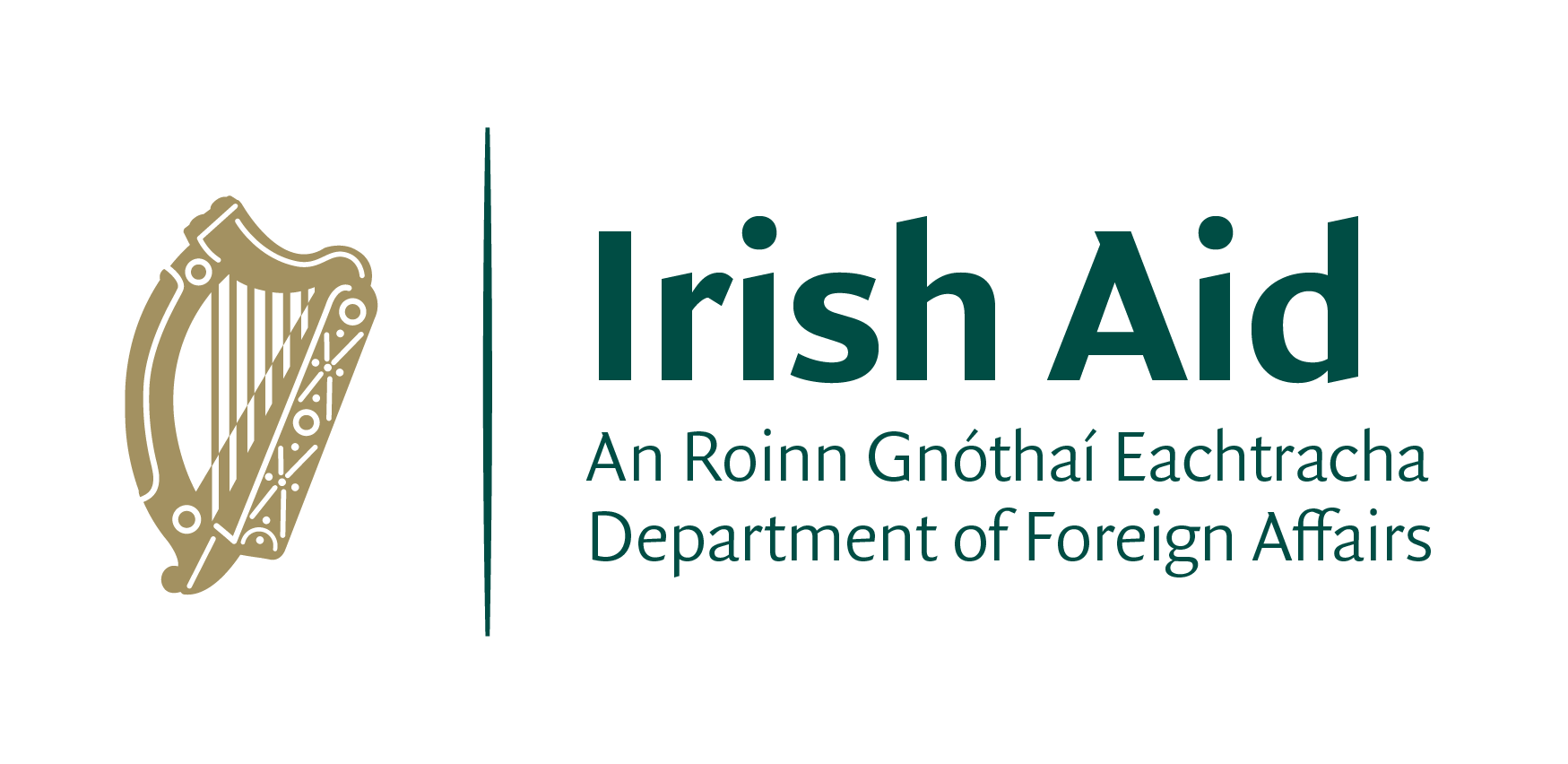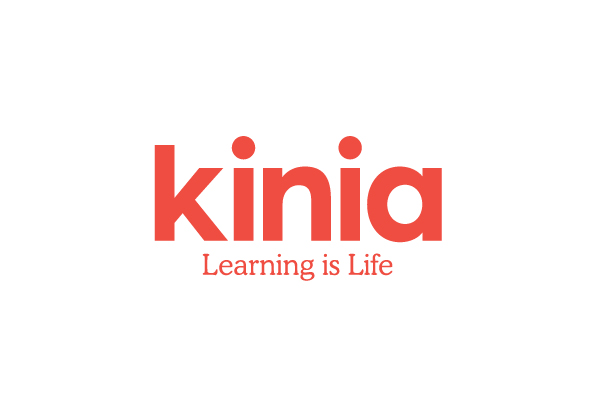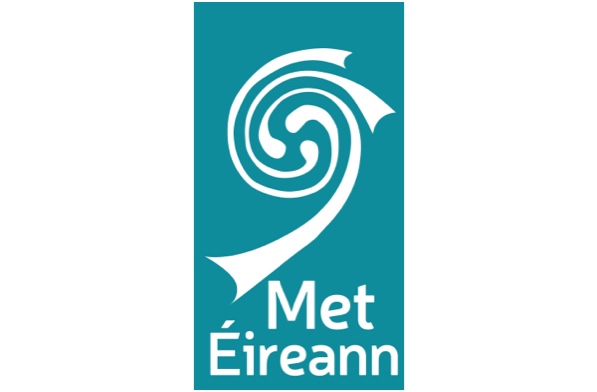Investigation Framework
Follow our ‘how to’ Investigation Framework to help guide your class investigation.
What is your class question?
What is your class going to investigate? This should include phrases like ‘How many?’ or ‘What happens if?’ or ‘Why does?’
What is your class prediction?
This should include a prediction or estimation based on what the students know or their previous experience. What do they think might happen? Or what do they think they will find?
How will your class gather evidence to answer the question?
This should include:
• Observing
• Counting, timing or measuring
• Changing something to see what happens
• Building, coding, designing or making something to use (e.g. a tool, model or ICT solution)
• Recording
How will your class organise information?
This could include:
• Drawing a chart of plotting a graph
• Identifying patterns
• Classifying things or putting them in order
What do your findings mean?
This could include:
• What can you tell from the graphs or charts or other information?
• What might cause any of the patterns that you found?
How can you piece all your information together to answer your class question?
This could include:
• Did what you expect to happen, happen?
• Did anything unexpected happen and can you explain why?
• If repeating your investigating, would you do anything differently?
• Can you relate your findings to a real-life situation?
• Can you think of any other questions you could investigate?



